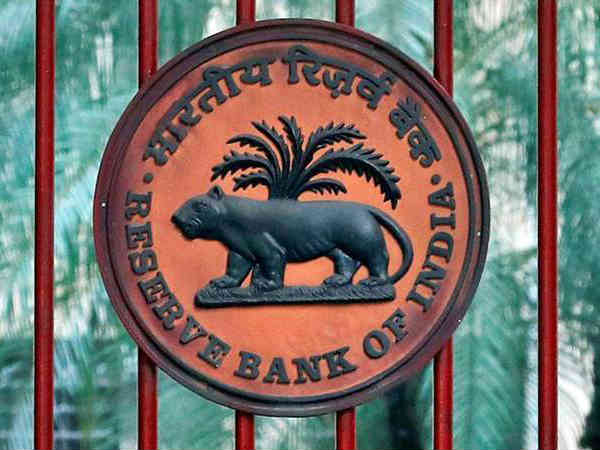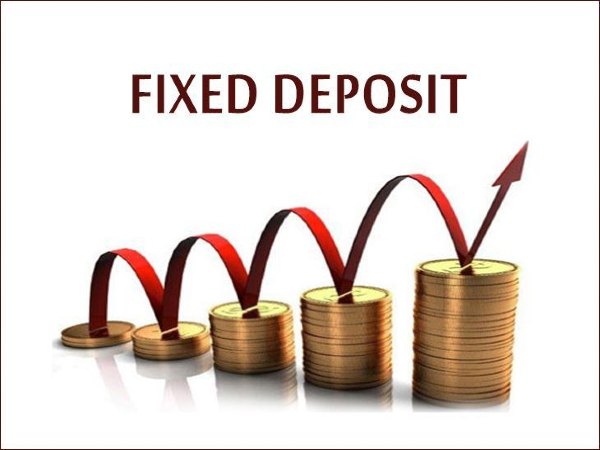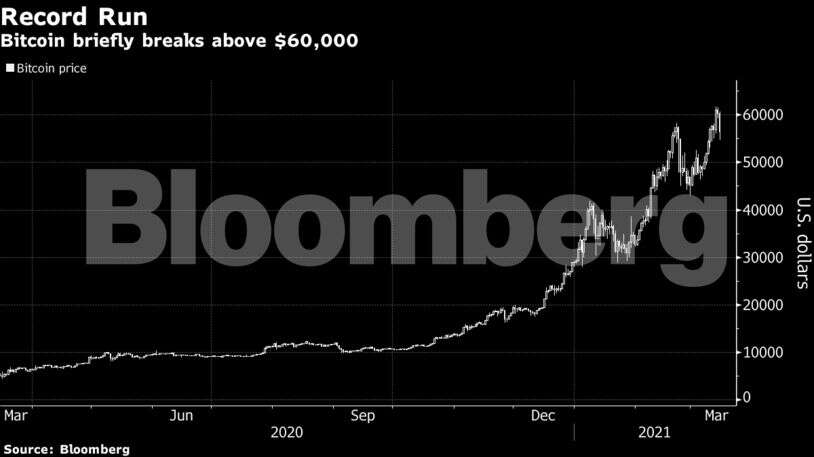Public Provident Fund (PPF)
PPF is a government-backed scheme that allows you to deduct your deposit under Section 80C. In a financial year, you can invest as little as Rs 500 or as much as Rs 1.5 lakh. PPF interest is generally tax-free (compounded annually) and has a 15-year maturity term. It’s worth bearing in mind that the interest rate is guaranteed but not set. Every quarter, the rate is subject to adjustment. The current interest rate is 7.1 percent for the quarter ending March 31, 2021. PPF provides one of the best post-tax returns among all fixed income instruments since the interest received and the maturity amount are also tax-free.
Employees’ Provident Fund
Interest from contributions to the Employee Provident Fund worth more than Rs 2.5 lakh will be taxable under the current tax system. To begin with, interest received on PF contributions of more than Rs 2.5 lakh is taxed. On or after April, 2021, this clause will apply to the contributions made. PF contributions are tax-deductible up to a limit of Rs 1.5 lakh per year under Section 80C. Worth mentioning here is that not only EPF contributions but also interest accrued as well as withdrawals are also tax-free. If an individual is willing to accept a lower take-home pay, he or she can raise this contribution. VPF is the name for this additional contribution, which is also tax-deductible under Section 80C. Both the EPF and the VPF have the same regulations. Budget 2021 suggests restricting the exemption on VPF return received. According to the proposal, if the total investment in VPF and EPF in a financial year exceeds Rs 2.5 lakh, the returns received on the contribution over Rs 2.5 lakh will not be tax-free. Currently, for the fiscal year 2020-21, the interest rate on PF deposits has been kept at 8.5 percent.
Voluntary Provident Fund
The VPF is an extension of the EPF. An individual is required to contribute 12 percent of his Basic Salary and Dearness Allowance towards EPF. VPF is a voluntary contribution with a 100 percent overall cap. VPF is an outstanding tax-saving choice because it falls into the EEE category (means contribution, principal, and interest are tax-free). The Government of India sets the interest rate for the Voluntary Retirement Plan at the outset of each fiscal year. The scheme is run by the Indian government and has a fixed interest rate. As a result, when opposed to long-term investments, it is called a risk-free investment. In this scheme, interest is currently generated at a rate of 8.5 percent per year. Section 80C allows contributions up to 1.5 lakhs per annum and accrued interest from taxation.
Life Insurance Premiums
Section 80C allows you to deduct any amount paid against life insurance premiums for yourself, your spouse, or your children. Please bear in mind that the premiums you owe for your parents or in-laws are not deductible under Section 80C. If a Hindu Undivided Family (HUF) purchases a life insurance policy for one of its members, it can seek a tax refund also. Premium payments for life insurance can be stated as a deduction under Section 80C up to a cap of Rs.1,50,000. The only stipulation is that the premium must be less than 10% of the total sum assured.
Equity Linked Savings Scheme (ELSS)
ELSS has the shortest lock-in period of three years, of all the alternatives available under section 80C. ELSS has the shortest lock-in period of all the alternatives available under section 80C, at three years. Long-term capital gains (LTCG) tax applies on capital gains from ELSS schemes. Section 80C of the Income Tax Act allows you to deduct your ELSS contributions. Since it is equity-linked, ELSS has the ability to gain better returns than most tax-saving investments, but it also carries a higher risk. The amount that can be invested towards ELSS is limitless, but the tax gain is limited to Rs 1.5 lakh.
Monthly EMI for home loan repayment
For most of the individuals, owning a home is a fantasy come true. The Indian government has always had a strong desire to allow people to buy homes. This is why a home loan qualifies for the section 80C tax exclusion. In addition, when you purchase a home with a home loan, you get a slew of tax incentives that help you save money on your tax. Section 80C allows you to subtract the principal portion of the EMI for the year. The amount that can be claimed is limited to Rs 1.5 lakh. However, the house property must not be sold after 5 years of ownership in order to assert this exemption. Furthermore, any payment rendered to development authorities such as the Delhi Development Authority (DDA) in order to buy a house that has been allocated to you in a scheme generated in this respect is deductible under section 80C.
Sukanya Samriddhi Account
You can open an account on behalf of your minor daughter before she reaches the age of ten in this scheme. Whereas contributions made towards this scheme counts for a Section 80C deduction. Furthermore, this account can be opened (with an initial deposit of Rs 250 up to a limit of Rs 1.5 lakh) for a limit of two girls, with the third child being included in the case of twins. The investments must be kept in this account for a period of 15 years and the account will mature after 21 years. Every quarter, the interest rate on new deposits is modified. The rate of interest for the quarter ending March 31, 2021 is kept at 7.6 per cent respectively.
National Savings Certificate (NSC)
The National Savings Certificate (NSC) is a five-year tax-saving investment option. An NSC can be purchased for as little as Rs 100, and there is no limit on the amount that can be invested. Any investment in NSC qualifies for a deduction under Section 80C’s overall cap. This interest is taxable and compounded yearly. However, since this is a cumulative strategy, which ensures that interest is not accrued to the investor but reinvested in the NSC. It counts for a special exemption under Section 80C because it is considered reinvested, ultimately making it completely free from taxation. Section 80C allows for a tax exemption on NSC investments up to Rs 1.5 lakh per year. To settle at net income, the amount is deducted from gross total income. In lieu of income tax, interest on NSCs is considered to be reinvested on behalf of the holder each year and is eligible for a deduction under Section 80C up to a maximum of Rs 1.5 lakh. In the case of NSC, the interest earned in the final year or the fifth year is not re-invested. As a result, it cannot be exempted from taxable income under Section 80C. The interest from NSC for the final year is credited and taxed to the income of the NSC certificate holder.
5 Year Tax Saving FDs
By investing up to Rs.1.5 lakh in a tax-saving fixed deposit account, you can take advantage of the income tax deduction clause under Section 80C of the Income Tax Act. The scheme promises both returns and capital security. That being said, you should be aware that the account’s interest income is entirely taxable. The amount of tax you owe is entirely determined by your total income for the fiscal year and the tax bracket you fall under. Interest income is classified as “Income from Other Sources.” In fact, if the interest received in a fiscal year reaches Rs.40,000 from all accounts kept with the bank, the bank deducts tax at source. To avoid TDS one can submit the bank with Form 15G or Form 15H.
Senior Citizen Savings Scheme (SCSS)
The Senior Citizens Savings Scheme (SCSS) is a government-backed savings initiative for Indian citizens above the age of 60. The deposit matures after 5 years from the date of account opening under the Senior Citizen Savings Scheme, although it can be extended once for another 3 years. The SCSS’s current interest rate remains at 7.4%. The Ministry of Finance updates and adjustments this rate of interest on a quarterly basis. Interest is determined and credited quarterly on SCSS account deposits. Under Section 80C of the Income Tax Act, 1961, contributions made in a Senior Citizen Savings Scheme account are eligible for an income tax deduction of up to Rs. 1.5 lakh. SCSS interest is entirely taxable. Tax Deducted at Source (TDS) is applied on interest accrued if the amount earned is more than Rs. 50,000 in a fiscal year.
Post Office Time Deposit
A Post Office Fixed Deposit is a fixed-income scheme that can be made at a post office. One year, two years, three years, and five years are the time periods for these fixed deposits. Tax incentives under section 80C can be received by investing in this deposit scheme. Interest from a post office deposit scheme is tax-deductible under section 80C of the income tax act. Investments are only permitted to be withdrawn if they are kept for a term of five years. Under section 80C, the taxpayer can assert a maximum tax deduction of Rs 1,50,000. The interest earned on post office fixed deposits will be tax-free for Indian senior citizens. Section 80TTB of the Income Tax Act exempts them from paying tax on interest income up to a limit of Rs. 50,000. The current post office time deposit interest rate is kept between 5.5 and 6.7 percent.
Unit Linked Insurance Plan (ULIP)
A Unit Linked Insurance Plan (ULIP) combines insurance and investment into one policy. The aim of a ULIP is to provide wealth creation as well as life insurance, with the insurance company investing a portion of your money in life insurance and the remainder in a portfolio that is centered on equity, debt, or both and fits your long-term priorities. ULIP premiums are eligible for a deduction under Section 80C up to a limit of Rs 1.5 lakh per year. Furthermore, under Section 10(10D) of the Income Tax Act, the amount you earn at maturity is tax-free.
National Pension System (NPS)
The NPS is a decent option for someone who wants to start saving for retirement early and isn’t afraid of taking risks. A well-planned investment like this will have a significant impact on your personal finance after retirement. Any individual who is an NPS subscriber can receive a tax gain under Section 80 CCD (1) up to a maximum of Rs. 1.5 lac under Section 80 CCE. NPS subscribers are eligible for an additional deduction of up to Rs. 50,000 for contributions in NPS (Tier I account) under subsection 80CCD (1B). This is in addition to the Rs. 1.5 lakh exclusion available under Section 80C of the Income Tax Act of 1961. Subscribers are eligible for an additional tax benefit under Section 80CCD (2) of the Income Tax Act, that refers to the corporate sector. Employer contributions to the NPS (for the benefit of employees) up to 10% of salary (Basic + DA) are tax-exempt. Employer contributions to NPS can be deducted as a ‘Business Expense’ from their Profit & Loss Account up to 10% of salary (Basic + DA). Investing in a Tier II NPS Account, however, does not have a tax advantage.
GoodReturns.in



 Best Tax Saving Schemes Under Section 80C
Best Tax Saving Schemes Under Section 80C






















